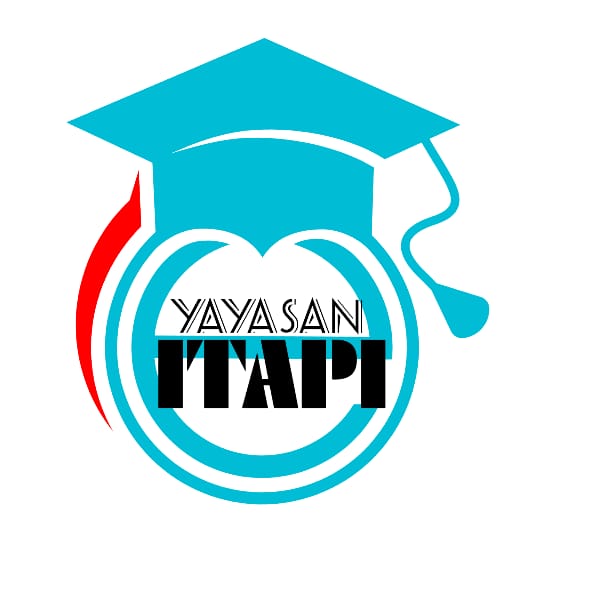Geostatistics Application in 3-D Reservoir Modeling for Calculation of Hydrocarbon Resources, Case Study: North Rembang Area
Aplikasi Geostatistika Dalam Pemodelan Reservoir Tiga Dimensi Untuk Perhitungan Sumberdaya Hidrokarbon, Contoh Kasus di Area Rembang Utara
DOI:
https://doi.org/10.52187/rdt.v4i2.168Keywords:
geostatistics, modeling, reservoir, resourcesAbstract
Oil and gas are still indispensable commodities to meet Indonesia's energy needs in the next few decades, even though government policies related to energy transition towards net zero emission have begun to be encouraged. However, the oil and gas requirement is not followed by the availability of reserves or resources owned by Indonesia. The objective of this study is to discover new hydrocarbon resources, through 3-D reservoir modeling using geostatistical method. The geostatistical method is still the best current method to predict the distribution of facies association and reservoir petrophysical properties such as porosity and water saturation. In facies association modeling, a stochastic geostatistical method is used, namely the Truncated Gaussian with Trends (TGS) algorithm. For porosity and water saturation (SW) modeling, the Sequential Gaussian Simulation (SGS) algorithm was applied. The results of 3-D modeling of facies associations, porosity, and water saturation are utilized to estimate gas resources in the North Rembang Area. From the estimation of gas resources, it is recognized that the Rembang Utra Area has accumulated gas resources around 3 TCF.
References
Darman, H., & Sidi, F. H. (2000). An outline of the geology of Indonesia. Indonesian Association of Geologists.
Deutsch, C. V. (2002). Geostatistical Reservoir Modeling. Oxford University Press.
FERG. (2017). Workshop Pemodelan Reservoir Statis Dasar Untuk Studi Geologi Dan Geofisika (G&G). PT. FERG Geosains Indonesia.
Matheron, G., Beucher, H., de Fouquet, C., Galli, A., Guerillot, D., &
Ravenne, C. (1987, September 27). Conditional Simulation of the Geometry of Fluvio-Deltaic Reservoirs. All Days. https://doi.org/10.2118/16753-MS
Mudjiono, R., & Pireno, G. E. (2002). Exploration of the North Madura Platform, Offshore East Java, Indonesia. Indonesian Petroleum Association, 28th Annual Convention Proceedings (Volume 1), 707–726.
Ramli, T. (2022). PEMODELAN FASIES BATUGAMPING FORMASI KUJUNG UNIT 1, AREA OFFSHORE REMBANG UTARA, MENGGUNAKAN DATA SUMUR DAN SEISMIK 2D. Jurnal Sumberdaya Bumi Berkelanjutan (SEMITAN), 1(1), 42–47. https://doi.org/10.31284/j.semitan.2022.3063
Syversveen, A. (2007). Modeling Atolls by Truncated Gaussian Simulation. EAGE Conference on Petroleum Geostatistics. https://doi.org/10.3997/2214-4609.201403101

















